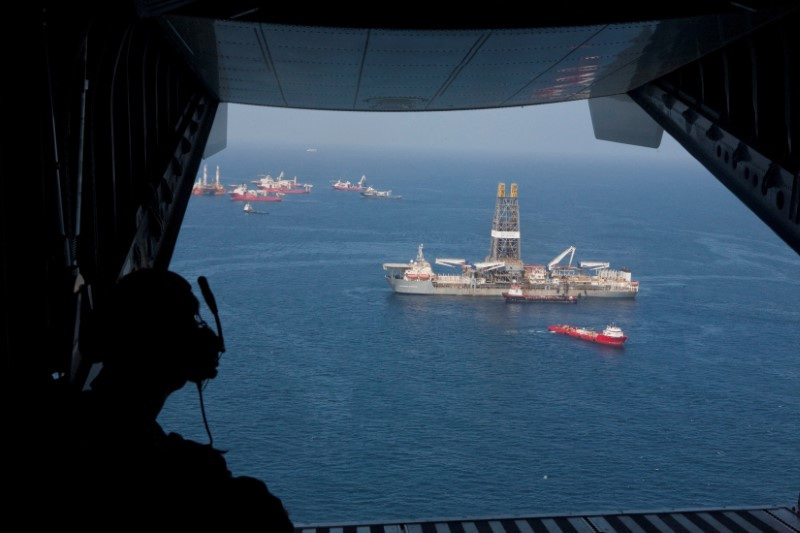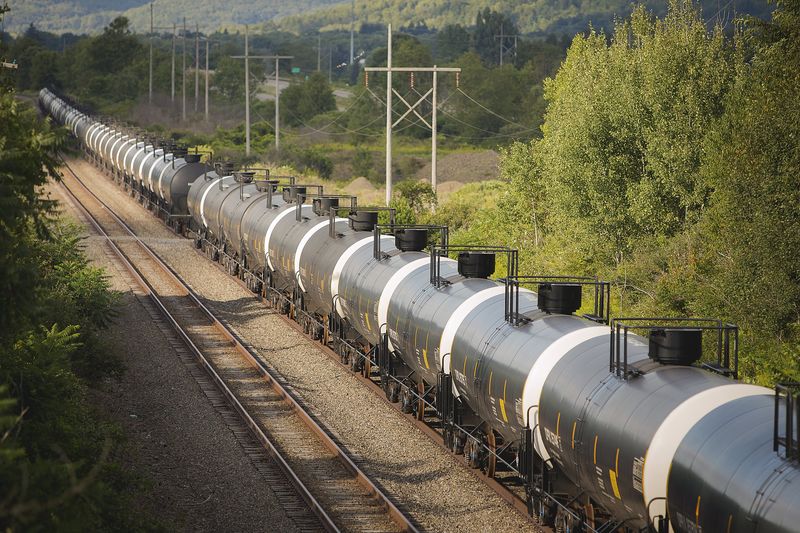By Gary McWilliams
HOUSTON (Reuters) – An oil production breakthrough that producers say could safely tap into ultra-high-pressure fields could bring up to 5 billion barrels of previously inaccessible crude into production, analysts said.
Chevron (NYSE:) announced Monday that it had pumped the first oil from a field at a pressure of 20,000 pounds per square inch, a third greater than any previous well. The $5.7 billion Anchor project uses specially designed equipment from NOV, Dril-Quip (NYSE:) and drillships from Transocean (NYSE:).
The No. 2 U.S. oil company began pumping the first Anchor well on Sunday, while the second had already been drilled and was almost ready to come on, said Bruce Niemeyer, head of U.S. oil exploration and production.
A 2010 eruption in Macondo in the Gulf of Mexico killed 11 workers, polluted fisheries and left beaches covered in oil.
Transocean was the operator of the ill-fated Deepwater Horizon ship and BP (NYSE:) was the owner of the Macondo project. Both are involved in new developments in the field of higher pressure wells.
Today, the industry uses new drillships and equipment designed to cope with the extreme pressures that are one-third greater than those of the Macondo disaster.
“The industry has done its part to deliver the barrels safely, with the new technology,” said Mfon Usoro, a principal analyst focusing on Gulf of Mexico operations at research firm Wood Mackenzie.
The new equipment promises that Chevron’s Anchor and similar projects from Beacon Offshore Energy and BP will together deliver 300,000 barrels of new oil and put 2 billion barrels of previously unavailable U.S. oil within reach of producers, she said.
“These ultra-high pressure fields will be a major driver of production growth in the Gulf of Mexico,” Usoro added.
The Gulf of Mexico is producing below 2019’s record level of 2 million barrels per day, and the extra oil could help the region return to peak production.
BP has its own high-pressure technology and hopes to tap 10 billion barrels of known oil. The first 20k project, Kaskida, was discovered and set aside in 2006 due to a lack of high-pressure technology.
Similar high-pressure, high-temperature oil fields that would benefit from the 20k technology are found off the coasts of Brazil, Angola and Nigeria, says Aditya Ravi, an analyst with Rystad Energy. The Gulf of Mexico will be the testing ground for the new equipment.

Brazil has large offshore developments that are “prime candidates for future 20k technology applications due to their complex high-pressure and high-temperature environments,” he said.
Including non-US fields, more than 5 billion barrels of known oil and gas from known sources worldwide could benefit from the technology, Ravi said. These volumes correspond to approximately 50 days of current global production.


